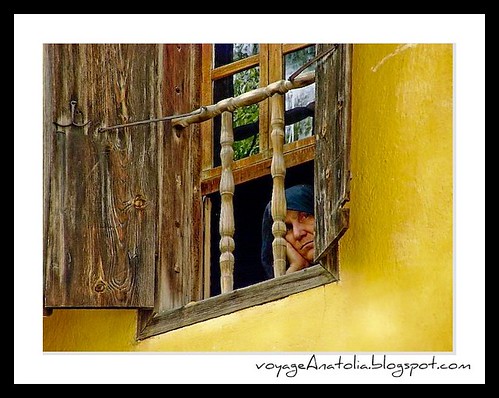
Seemingly contradictory ideas of privacy and community dominate Ottoman cities. While houses are internally divided to guard female modesty behind a frontage studded with peep-holes, streets in cities like Amasya are often bridged by first-floor passageways between different houses. This book contains 17 papers by architects and archaeologists looking at how the Ottoman house was structured, how it has varied over time and space, and how surviving examples are faring in a world of breeze-block construction. Although the examples discussed are all Near Eastern, and mostly from Turkey, the revelations this book contains about structuring principles will make it a valuable companion to understanding architectural relics from all over the Ottoman Empire.
Read more on this: The Ottoman House, Barnes & Noble.com
